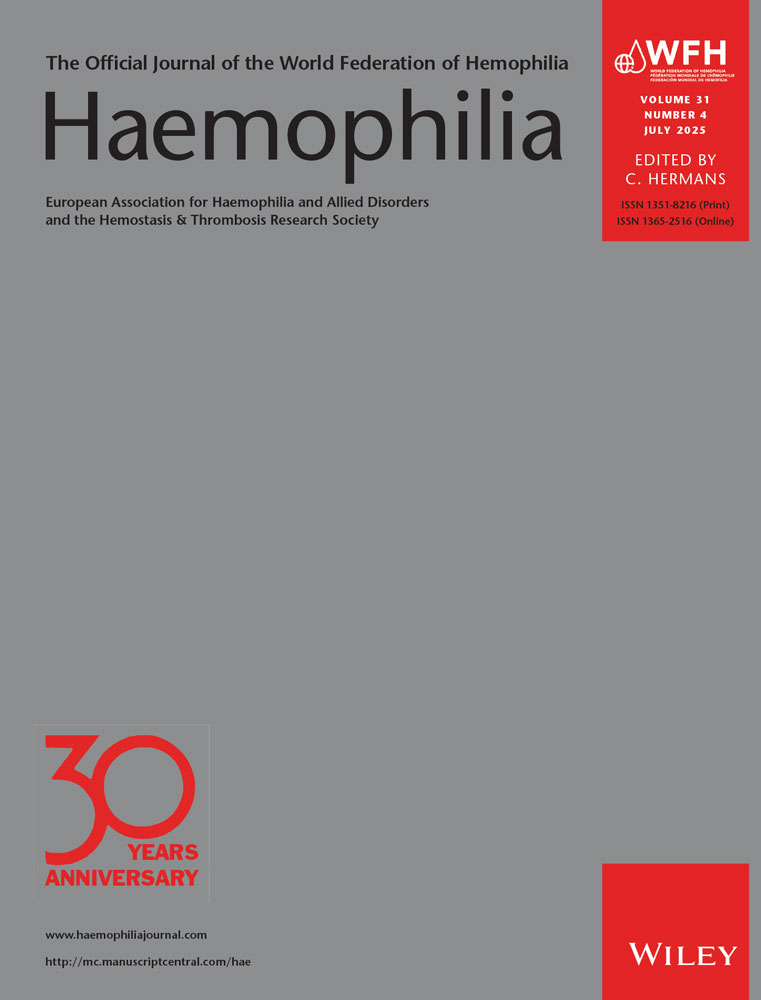The future of plasma-derived clotting factor concentrates
Abstract
In developed countries, preferred treatments for both haemophilia A and B have moved toward recombinant clotting factor concentrates, while plasma-derived replacement therapies are still required by many patients. Great improvements have been made in producing relatively pathogen-free clotting factor replacements from pooled plasma. The fluidity and complexity of the worldwide plasma product market are discussed in the context of the ‘yin and yang’ of plasma therapeutics, showing how multiple issues can influence the safety and availability of clotting factor concentrates. Use of plasma-derived products will likely continue for the next decade for patients with inhibitors, patients with von Willebrand disease, those requiring bypassing agents, in immune tolerance induction, and for treatment of rare inherited deficiencies of procoagulant or anticoagulant proteins. Furthermore, in developing countries many of the most advanced therapies are not available for the majority of haemophilia patients, and thus plasma-derived replacement concentrates will continue to be used even for noninhibitor patients.




